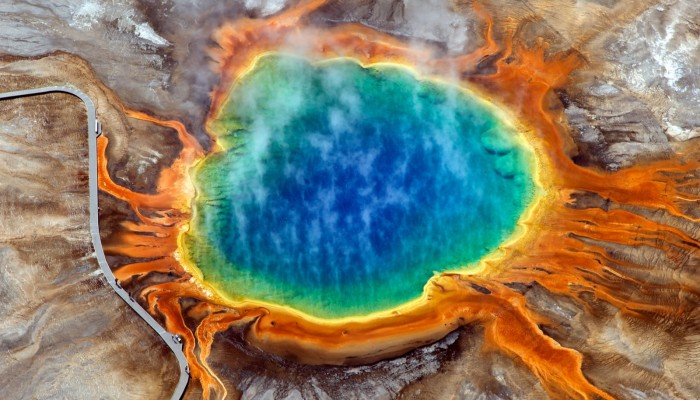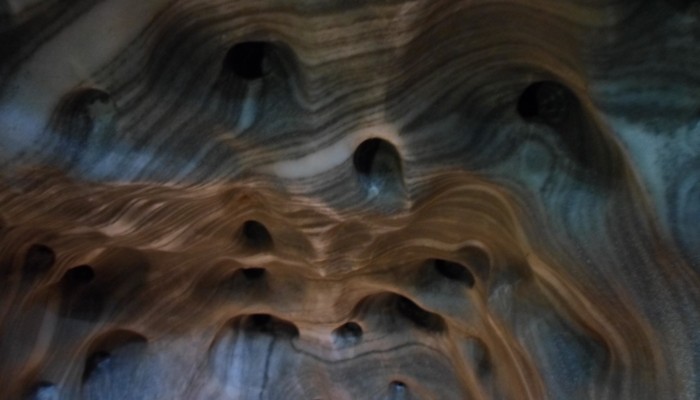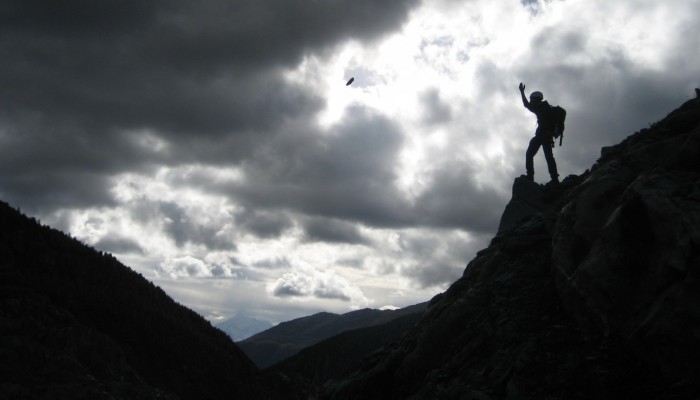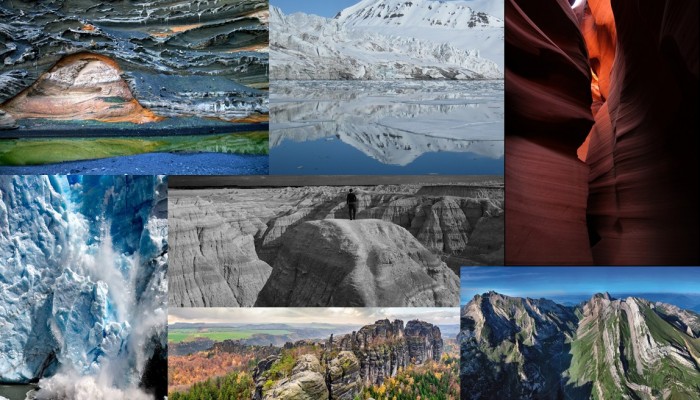Last year we prepared a round-up blog post of our favourite Imaggeo pictures, including header images from across our social media channels and Immageo on Mondays blog posts of 2014. This year, we want YOU to pick the best Imaggeo pictures of 2015, so we compiled an album on our Facebook page, which you can still see here, and asked you to cast your votes and pick your top images of 2015. From the ...[Read More]
Geoscience hot topics – The finale: Understanding planet Earth

What are the most interesting, cutting-edge and compelling research topics within the scientific areas represented in the EGU divisions? Ground-breaking and innovative research features yearly at our annual General Assembly, but what are the overarching ideas and big research questions that still remain unanswered? We spoke to some of our division presidents and canvased their thoughts on what the ...[Read More]
Imaggeo on Mondays: Drawing in pencil

The picture was taken in Salina Turda, a fascinating salt mine in western Transylvania, in Durgău – Valea Sarată near Turda city. In the picture, the pockets created by salt dissolution can be observed. Over time, due to the erosive power of air currents, the walls have been reshaped: the corners have been rounded and, at the contact between the roof and the walls, a series of dissolution po ...[Read More]
Imaggeo on Mondays: Flying Rocks

The picture was taken at a hillslope close to the glacier tongue of the Great Aletsch Glacier, the largest glacier in the Alps. With a length of 23 km it is located in the eastern Bernese Alps of Switzerland and composed of the three smaller glaciers Aletschfirn, Jungfraufirn and Eternal snow field converging at Concordia where the ice thickness was measured to be around 900m. The whole area was d ...[Read More]

